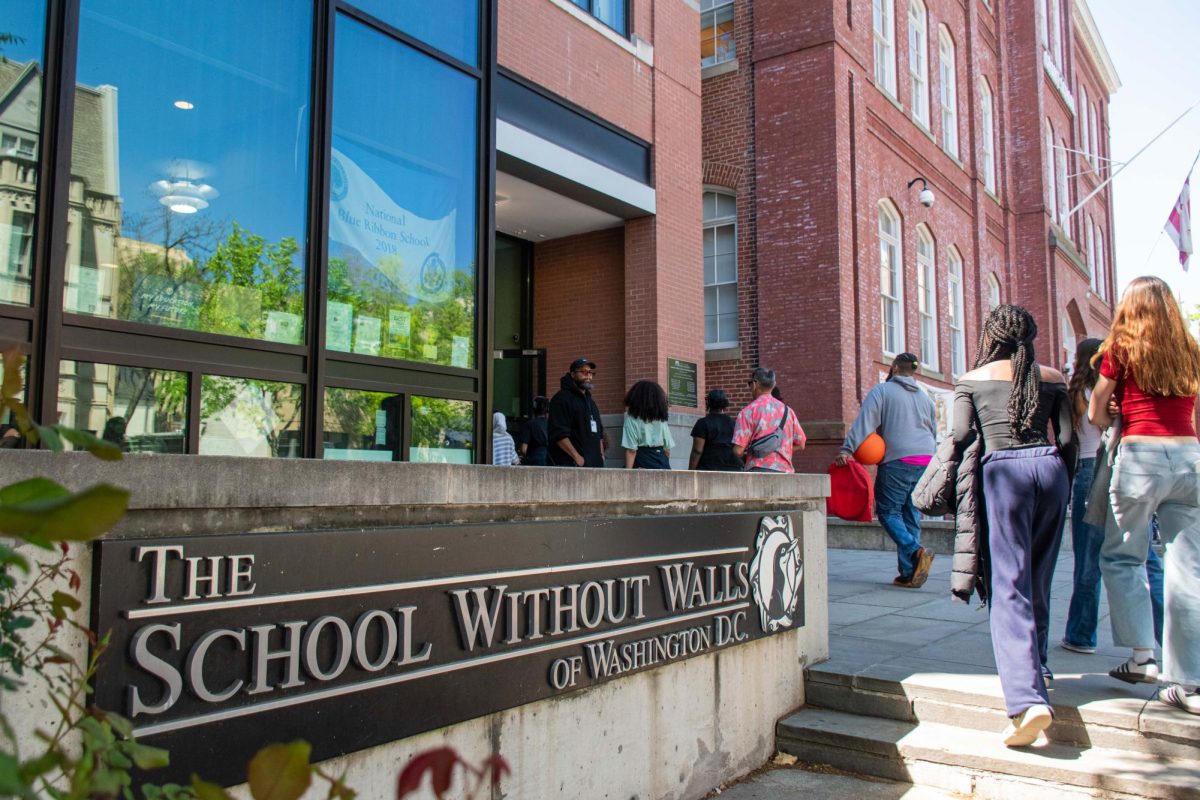A major federal student loan program will likely be cut by next academic year, potentially costing students up to $5,500 each year in lost loans.
The Perkins Loan Program – which allows universities to lend federal funding to students with financial need – officially expired in September and is unlikely to be renewed by Congress. Students who receive Perkins loans said the change will force them to find other means to pay tuition bills, and experts said it may compel some to turn to riskier private loan programs.
Perkins loans have long been favored by students and financial aid experts for their low, fixed interest rate, free insurance and a payment deferral option students can request if they encounter financial troubles. The program expired in September amid criticism from Republican lawmakers, who said it further complicates an already convoluted financial aid system, according to an Inside Higher Ed report.
“We are committed to using our institutional resources in ways that will enable students who want to continue their education at GW to do so.”
At GW, Perkins loans usually range from $1,000 and $3,000 per year and students generally must be enrolled full time to receive them, according to GW’s financial aid website.
Laurie Koehler, the vice provost for enrollment management and retention, said this academic year, about one-fifth of undergraduates received a Perkins loan – about 2,300 students. She said officials have been “strategically working through how to offer alternative aid awards” to students who received the loans this academic year but likely won’t in the fall.
She declined to say what the alternative aid awards will be and if the financial aid pool will increase as a result of the program’s end.
“We are committed to using our institutional resources in ways that will enable students who want to continue their education at GW to do so,” Koehler said in an email.
In the 2014-15 academic year, nearly 530,000 students used the loans nationwide, according to Inside Higher Ed.
Financial aid experts said students will struggle next academic year to find financial aid with as much flexibility as the Perkins program and that affected students will be forced to turn to higher-interest private loans. Private loans have interest rates that can clock in at more than 10 percent, compared to the Perkins loans’ 5 percent rate.
Kristan Venegas, an expert in financial aid policy for minority students and a professor of clinical education at the University of Southern California, said students may be forced to take out private loans next academic year if they’ve maxed out their federal loans. Aside from higher interest rates, she said some private loans also require the borrower to start making payments on the loan as soon as they take it out, which places an additional financial burden on students.
The Perkins program gives students a nine-month grace period after graduating or terminating their full-time status before they need to start paying back their loans.
“Most students don’t really know how to differentiate between these different kinds of loans,” Venegas said.
Judith Scott-Clayton, a senior research associate specializing in financial aid and student employment at Columbia University’s Community College Research Center, said she hopes universities that have used Perkins loans will increase internal student financial aid to make up the difference.
“In an ideal world, the savings from the elimination of Perkins loans would be rolled into higher funding for Pell Grants, and in that scenario, it is possible that low-income students could actually be better off as a result,” Scott-Clayton said in an email.
Elena Moore, a junior who receives a Perkins loan, said she will make up for the lost loans by trying to increase her hours at her work-study position with the Department of Theater & Dance.
“Financial aid at GW has always been one of the things that stresses me out the most,” Moore said. “Losing the amount I’ll lose will be a big deal, and it makes me upset that I feel like I haven’t heard a lot from GW about this.”
While interning on Capitol Hill last semester, Moore attended a briefing on the Perkins Loan Program held by bipartisan members of Congress hoping to save it.
“Financial aid at GW has always been one of the things that stresses me out the most.”
Some congressional Republicans opposed the reauthorization of the program because of its tendency to favor more expensive universities. Lawmakers who supported a bipartisan bill to preserve the program through 2019 argued that letting it expire without proposing a replacement would harm students. The bill, which was introduced in September in the House of Representatives, never left the House education committee.
Sophomore Caroline Corbett, who received $1,800 in Perkins loans this academic year, said she is trying to avoid private loan programs because she views them as predatory – even if that means she and her family must work more.
Corbett has a single parent who works three jobs, and both she and her sister have worked since they were 14 years old. Corbett works at Eckles Library and for the nonprofit Advocates for Youth. She is also a freelance artist.
“For me, it’s, ‘how much longer do we have to do this employment situation where we’re all working all the time in my family?’” she said.




